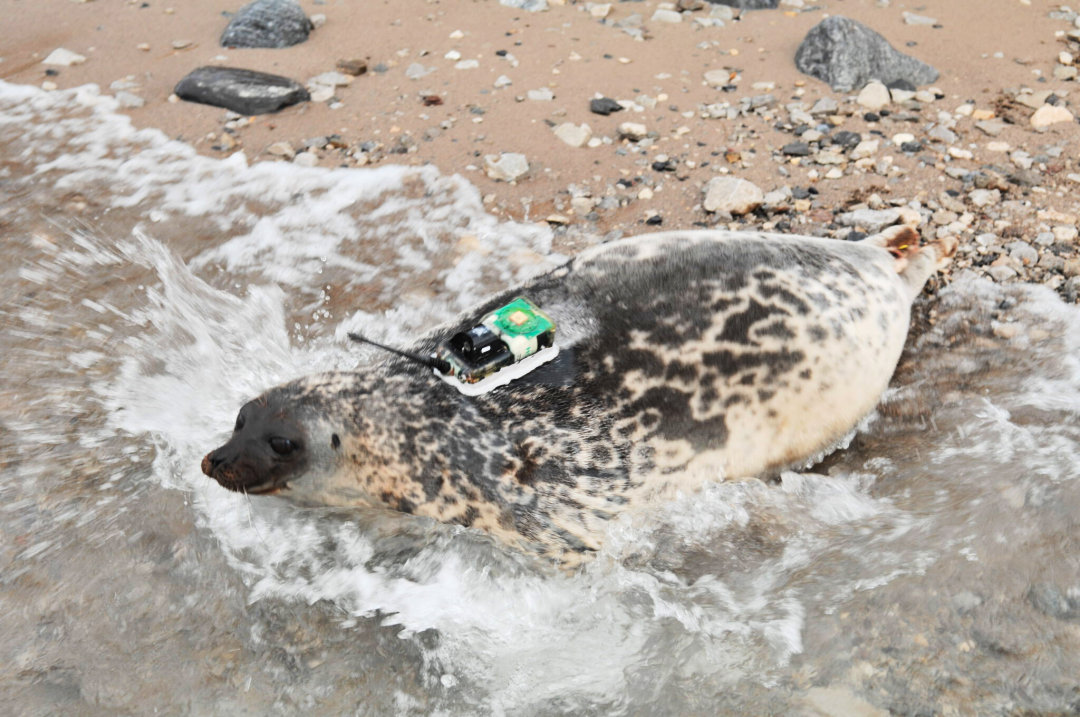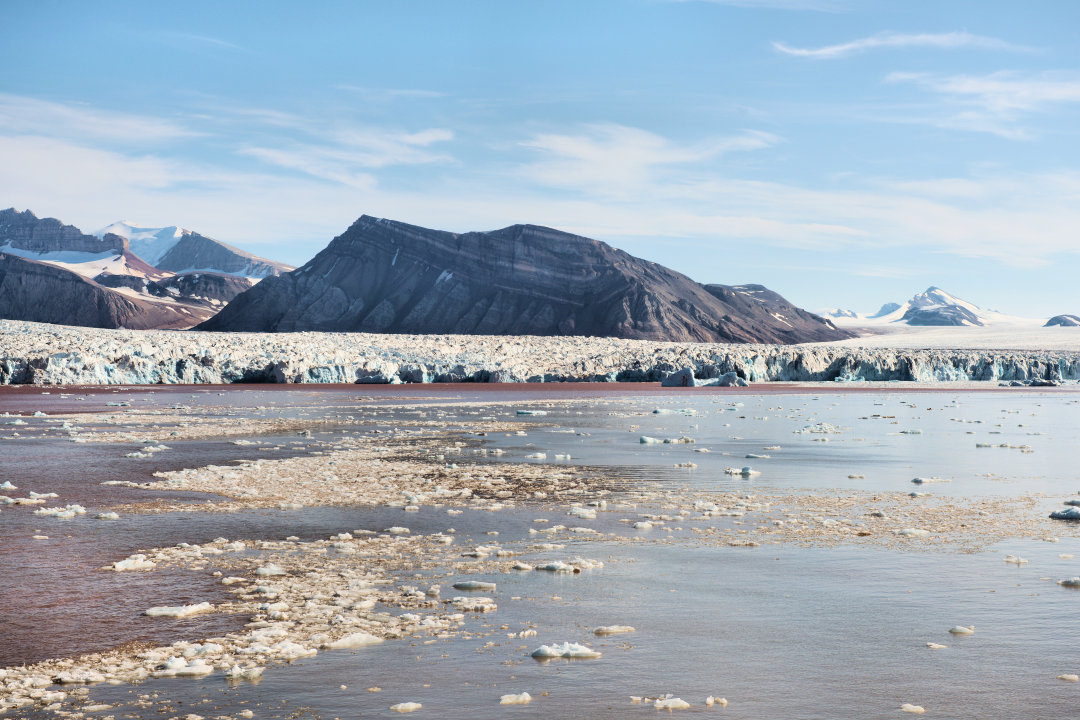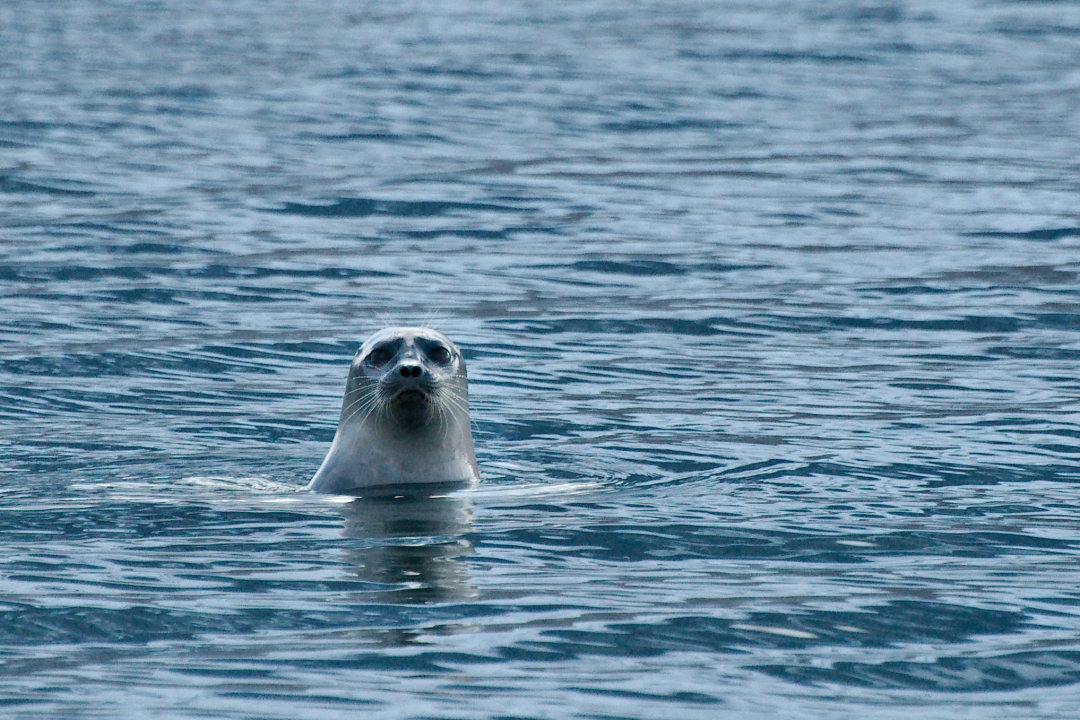
The use of animal species in scientific research can take many different forms. Researchers have now recognized that animals are perfectly suitable as observers and samplers, provided they have the right instruments. A team from the Norwegian Polar Institute selected ringed seals to dive and take measurements on the glacier fronts of Svalbard. In the process, the team gained new insights from a hidden world.
Diving directly on the walls of an active glacier is not for tourists, researchers or other people. Sudden terminations cause more than just a few headaches. However, many important processes that are important for researchers to better understand glaciers and their behavior in times of climate change take place in precisely these places. You could now request the help of underwater vehicles and robots. But these devices are rare and expensive. On the other hand, some animal species such as kittiwakes and other seabirds as well as various seal and whale species are frequent visitors to the glacier edges, as they find rich feeding grounds there. This fact is also known to the scientists at the Norwegian Polar Institute, who work in the Kongsfjord on the west coast of the island of Spitsbergen. Since 2012, small measuring probes have been attached to the backs of ringed seals (without harming the animals) and data collected using the devices. In the area of the Kronebreen and Kongsvegen glacier tongues, the scientists led by Alistair Everett and Christian Lydersen collected data on the so-called “red clouds”. These formations of red sediment are created by glacial meltwater flowing under the glacier and slowly eroding the iron-rich soil. This sediment- and nutrient-rich freshwater enters the sea far below the water level and then slowly rises to the surface as a cloud due to its physical properties.

Such clouds have become the focus of interest for scientists from a wide range of disciplines. This is because these clouds bring large quantities of deep water, known as peaks, to the surface, thereby driving complex cycles. Animals such as ringed seals and other species also benefit from this. In order to find out more about these tips and their significance for the animals and the glaciers, they fitted 5 seals with data loggers that were glued to their backs and would later fall off again when they next changed their fur. The loggers recorded depth, temperature, conductivity (for salinity) and position during the dives. This enabled the researchers to discover that these peaks were important hunting grounds for the animals and that the exit points under the glacier had shifted further and further along the glacier front. Until now, it had been assumed that the places where the meltwater emerges from under the glacier remain in place. According to the researchers, this has consequences for the flow movements of the glaciers. The team also concludes that with the current retreat of the glaciers, seals and other animals will lose one of their most important feeding grounds. According to the results, seals spend around 70 percent of their time on glacier fronts. The loss of the glaciers would therefore have serious consequences.

Dr. Michael Wenger, PolarJournal / Source: Fram Senteret





